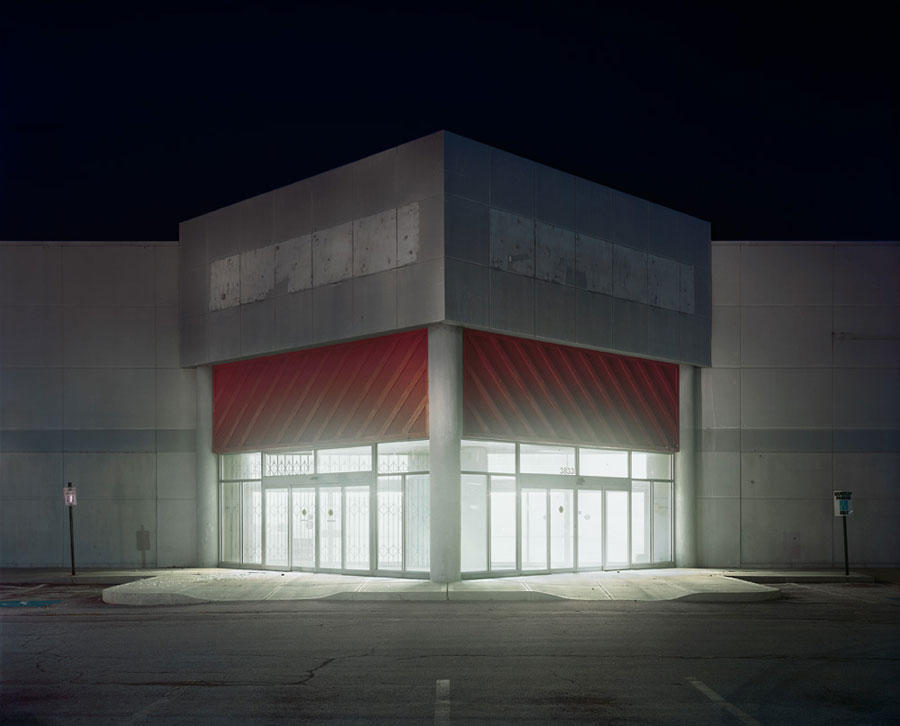 ‘Tis the season for love, joy, peace, and religious rejoicing. ‘Tis also the season to express these most profound of human emotions through conspicuous consumption. As the months long pre-holiday shopping bonanza gives way to post-holiday and New Year’s sales, the message and the urge to buy, buy, buy remains unrelenting. (Was I the only one slightly horrified to overhear my companions on Christmas night, surrounded by piles of brand new stuff, express with equal parts malaise and resignation their plans to spend the next day shopping?)
‘Tis the season for love, joy, peace, and religious rejoicing. ‘Tis also the season to express these most profound of human emotions through conspicuous consumption. As the months long pre-holiday shopping bonanza gives way to post-holiday and New Year’s sales, the message and the urge to buy, buy, buy remains unrelenting. (Was I the only one slightly horrified to overhear my companions on Christmas night, surrounded by piles of brand new stuff, express with equal parts malaise and resignation their plans to spend the next day shopping?)
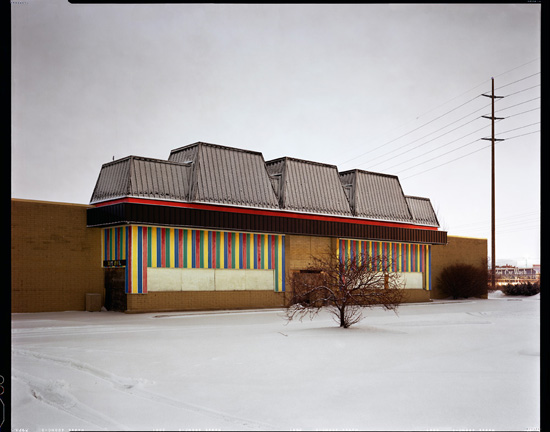 At the end of what has been a very long year for many Americans unemployed, underemployed, or just plain scared of losing their job/healthcare/home/future/etc/etc/etc, this message to keep on buying things seems particularly distressing. The queasy feeling in my stomach is what happens when our culture of consumption smacks up against hard against the reality of America in 2010. Perhaps I’m looking at it in the wrong light and this holiday shopping (and last week’s resultant reports of better than expected December retail sales) is a good sign for the future in the face of the recent financial meltdown. But that argument begins to seem a bit short sighted after a Christmas week spent driving around suburban Ohio (or insert your favorite American Anytown here) where strip malls, megastores, and endlessly repeating chain retailers rise up from amidst overstuffed parking lots like some sort of Karl Marx Möbius strip nightmare.
At the end of what has been a very long year for many Americans unemployed, underemployed, or just plain scared of losing their job/healthcare/home/future/etc/etc/etc, this message to keep on buying things seems particularly distressing. The queasy feeling in my stomach is what happens when our culture of consumption smacks up against hard against the reality of America in 2010. Perhaps I’m looking at it in the wrong light and this holiday shopping (and last week’s resultant reports of better than expected December retail sales) is a good sign for the future in the face of the recent financial meltdown. But that argument begins to seem a bit short sighted after a Christmas week spent driving around suburban Ohio (or insert your favorite American Anytown here) where strip malls, megastores, and endlessly repeating chain retailers rise up from amidst overstuffed parking lots like some sort of Karl Marx Möbius strip nightmare.
 If the idea is always for increased spending, an increased economy, and increased growth, scenes like our current suburban sprawlscapes lead to the question of where exactly into these already supersaturated asphalt wastelands this growth will be squeezed. Up until the current collapse, the rate of commercial sprawl nationwide over the past decades has been staggering. Developers and corporations have been throwing up shoddily conceived, cheaply constructed, poorly built structures for years with seemingly little thought given to the communities and landscapes laid bare for the sake of expanding commerce. And once these locations have fulfilled their (oftentimes relatively brief) usefulness or passed their sell-by date, they are often abandoned in favor of cheaper or more strategic new sites.
If the idea is always for increased spending, an increased economy, and increased growth, scenes like our current suburban sprawlscapes lead to the question of where exactly into these already supersaturated asphalt wastelands this growth will be squeezed. Up until the current collapse, the rate of commercial sprawl nationwide over the past decades has been staggering. Developers and corporations have been throwing up shoddily conceived, cheaply constructed, poorly built structures for years with seemingly little thought given to the communities and landscapes laid bare for the sake of expanding commerce. And once these locations have fulfilled their (oftentimes relatively brief) usefulness or passed their sell-by date, they are often abandoned in favor of cheaper or more strategic new sites.
 Chicago based photographer Brian Ulrich has been capturing the fallout this ugly cycle on film for the past several years. Inspired by an abandoned supermarket on Chicago’s North Side that he passed on his daily commute in 2005, the photographer began searching out other such forsaken monuments to consumer culture. Spurred on by the recession, Ulrich’s project really began to take off and take on new meaning in 2008. Travelling around the country he found empty stores and shopping malls everywhere he went (who among us can’t reel off a list of the empty stores in our own neighborhoods?).
Chicago based photographer Brian Ulrich has been capturing the fallout this ugly cycle on film for the past several years. Inspired by an abandoned supermarket on Chicago’s North Side that he passed on his daily commute in 2005, the photographer began searching out other such forsaken monuments to consumer culture. Spurred on by the recession, Ulrich’s project really began to take off and take on new meaning in 2008. Travelling around the country he found empty stores and shopping malls everywhere he went (who among us can’t reel off a list of the empty stores in our own neighborhoods?).
 The photographs are eerie, managing to be at the same time both completely familiar and hauntingly strange due to the lack of people and product. These commercial meccas which we pass by and through everyday without thought take on a whole new sense of meaning (or is it meaninglessness?) and foreboding when stripped of their purpose. Some have fallen into complete disrepair, looking like ancient ruins (albeit ruins with cheesy tiling jobs and awful lighting). Others, which look much as they did before their abandonment, manage to seem even more unsettling, as they give off the feeling of ghost towns, depopulated with little warning and great haste. For photographs of such dull looking, uninteresting places they do a fine job of making the viewer uneasy. By rights, an empty Auntie Anne’s pretzel folding counter shouldn’t look this sad and forlorn. But if these are indeed the ruins and relics that our culture has to leave behind us, perhaps a sad empty feeling is just about right. View some of the photographs and read a brief interview with Ulrich at online magazine The Morning News.
The photographs are eerie, managing to be at the same time both completely familiar and hauntingly strange due to the lack of people and product. These commercial meccas which we pass by and through everyday without thought take on a whole new sense of meaning (or is it meaninglessness?) and foreboding when stripped of their purpose. Some have fallen into complete disrepair, looking like ancient ruins (albeit ruins with cheesy tiling jobs and awful lighting). Others, which look much as they did before their abandonment, manage to seem even more unsettling, as they give off the feeling of ghost towns, depopulated with little warning and great haste. For photographs of such dull looking, uninteresting places they do a fine job of making the viewer uneasy. By rights, an empty Auntie Anne’s pretzel folding counter shouldn’t look this sad and forlorn. But if these are indeed the ruins and relics that our culture has to leave behind us, perhaps a sad empty feeling is just about right. View some of the photographs and read a brief interview with Ulrich at online magazine The Morning News.
 We are pleased to introduce local photographer Lisa D’Innocenzo as the next artist in our ongoing exhibition series Local Art @ EPL. From now through the end of July, her compelling collection A World Drained of Color will be on display on the 2nd floor of EPL’s Main Branch. Born from an interest in rural and urban landscape, the photographs explore “the tension between restless elemental energy and the dense immobility of human-made structures” while raising questions about “the nature of power, endurance, strength, and mutability.” You can meet Ms. D’Innocenzo to discuss her work at an EPL reception on Saturday, July 14th at 4 p.m., and make sure to check back with Off the Shelf later in the month for a featured interview with the artist herself. Stay tuned.
We are pleased to introduce local photographer Lisa D’Innocenzo as the next artist in our ongoing exhibition series Local Art @ EPL. From now through the end of July, her compelling collection A World Drained of Color will be on display on the 2nd floor of EPL’s Main Branch. Born from an interest in rural and urban landscape, the photographs explore “the tension between restless elemental energy and the dense immobility of human-made structures” while raising questions about “the nature of power, endurance, strength, and mutability.” You can meet Ms. D’Innocenzo to discuss her work at an EPL reception on Saturday, July 14th at 4 p.m., and make sure to check back with Off the Shelf later in the month for a featured interview with the artist herself. Stay tuned.


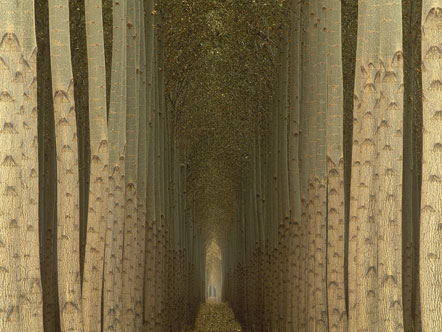





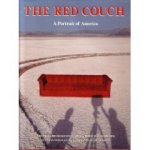

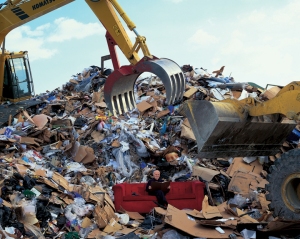

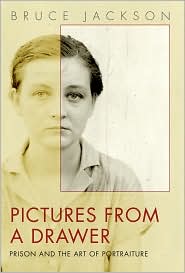
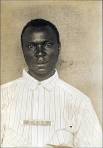 But Jackson has done powerfully right by the subjects
But Jackson has done powerfully right by the subjects 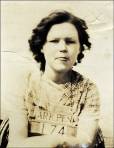 here–they still remain nameless, but he has restored to them some of their humanity and their dignity. And to look upon their inscrutable faces and to return the stares of these long vanished human beings is to be sucked into a dark and teeming well of human emotion, surrounded by every permutation of grief, anger, fear, defeat, and defiance imaginable. These photographs are haunting and absolutely mesmerizing, capturing not just visible light on the film’s emulsion, but also burning the lives and stories of these lost individuals onto the images.
here–they still remain nameless, but he has restored to them some of their humanity and their dignity. And to look upon their inscrutable faces and to return the stares of these long vanished human beings is to be sucked into a dark and teeming well of human emotion, surrounded by every permutation of grief, anger, fear, defeat, and defiance imaginable. These photographs are haunting and absolutely mesmerizing, capturing not just visible light on the film’s emulsion, but also burning the lives and stories of these lost individuals onto the images.